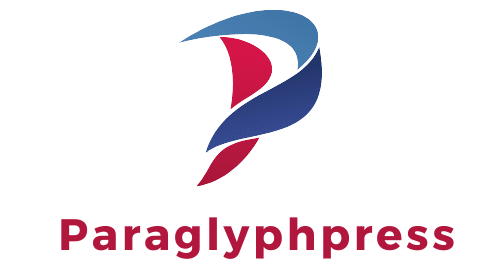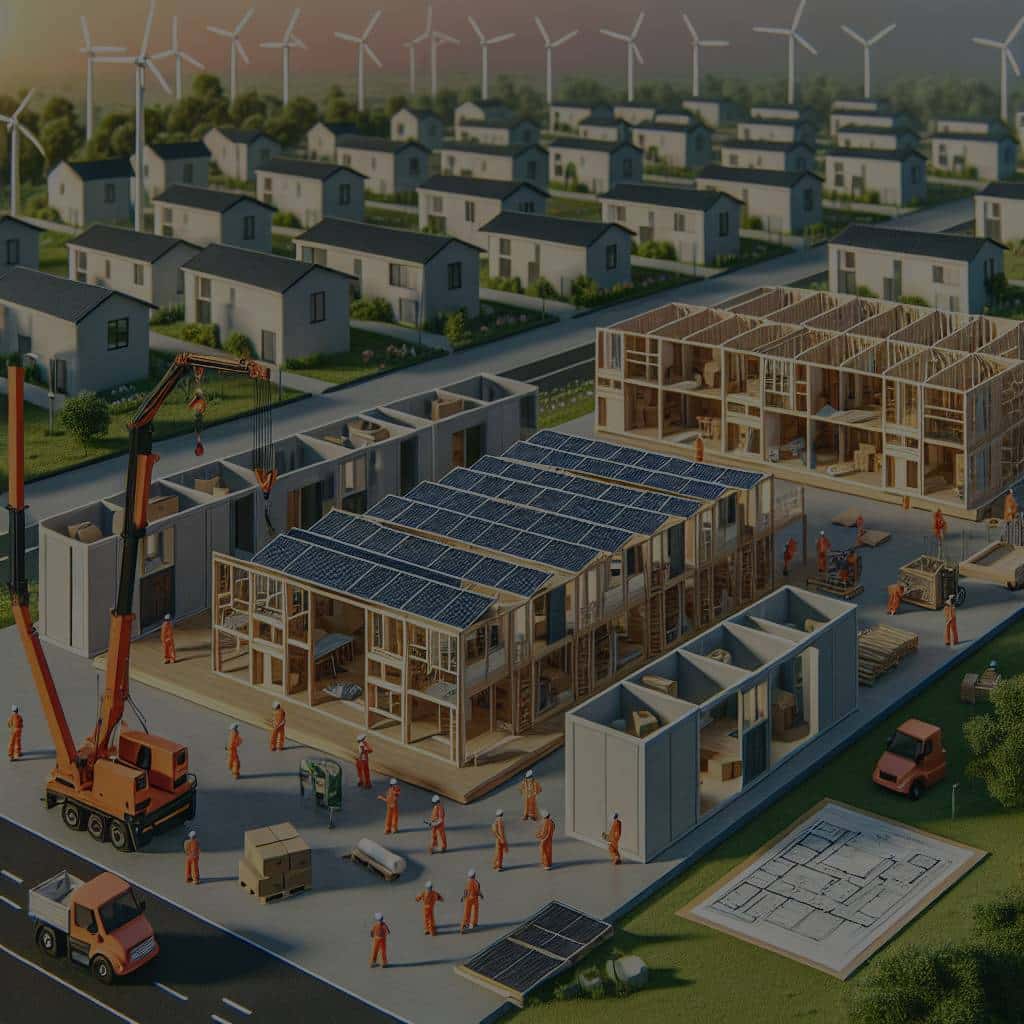As you venture into the world of construction and building, you might have come across the term ‘prefabrication’. This is a term associated with the process of making structures or components at a manufacturing site, then transporting these parts to the building site for assembly. It is an approach that has emerged as a potential solution to some of the most pressing challenges in the construction industry, including cost, quality, and sustainability issues. As we dissect the impact of prefabrication on housing development, we want to explore how its advanced methods can streamline sustainable housing development.
Unveiling the Concept of Prefabrication
To make sense of how prefabrication is reshaping sustainable housing development, we must first comprehend what this process entails. Prefabrication, or prefab as it is commonly known, involves manufacturing components of a building off-site. These parts, which can include walls, floors, and roofs, are then transported to the building site for assembly.
Topic to read : How Might AI-Enhanced Satellite Imaging Predict Environmental Changes?
The prefab approach has evolved significantly over the years, with manufacturers now using advanced methods like modular construction. This technique has a striking resemblance to toy building blocks or a scholar’s puzzle, where different parts are assembled together to form a complete structure.
The allure of prefab lies in its ability to expedite the building process while also ensuring better quality control since the components are made in a controlled environment. But beyond speed and quality, prefab also holds enormous potential in promoting sustainable housing development.
In parallel : Will Sound Wave Levitation Offer New Methods for Material Handling in Manufacturing?
Prefab and Sustainable Housing Development
Sustainability has become a buzzword in many industries, and the building sector is no exception. Today’s construction practices are under intense scrutiny due to their environmental implications. Traditional construction methods are associated with high energy consumption, significant waste production, and a sizable carbon footprint.
In contrast, prefabrication offers a more sustainable alternative. Key to this is the fact that the construction process happens in a controlled environment. This reduces waste as it allows for precision in the manufacturing of components, resulting in less material wastage.
Moreover, the controlled manufacturing environment also translates to improved energy efficiency. As compared to traditional construction sites, prefab manufacturing sites have enhanced insulation and sealing capabilities, which help to cut down on energy usage.
In addition, because components are made off-site and simply assembled at the building site, there is less disruption to the local environment. This means less noise, dust, and disturbance to local wildlife – all contributing to the sustainability credentials of prefab.
The Cost Implications of Prefab
One of the main barriers to sustainable housing development is cost. However, prefab may present a solution to this challenge. By manufacturing components off-site, there is the potential for economies of scale, leading to lower costs.
Furthermore, because prefab involves a more streamlined process than traditional construction, there are fewer chances for costly mistakes and delays. With components made to exact specifications in the manufacturing site, there is less risk of encountering issues during the assembly process. This can significantly reduce the overall cost of construction, making sustainable housing more accessible to a broader audience.
However, it’s crucial to note that the initial costs of prefab may be higher due to the need for specialized machinery and skills. But, the potential savings in the long run could outweigh these upfront costs, making prefab a cost-effective approach to sustainable housing development.
Quality Matters in Prefab
Aside from cost and sustainability, quality is another important consideration in the housing development discourse. A well-constructed home is not just about aesthetics; it’s also about durability, comfort, and safety.
In this regard, prefab scores high. The manufacturing process takes place in a controlled environment, which allows for better quality control. This means that each component is made to precise measurements and standards, eliminating the risk of defects that can occur on traditional construction sites.
In addition, as the assembly process is faster, there is less exposure of the building materials to environmental elements, which can degrade their quality over time. This results in buildings that are not only beautiful but also durable and safe.
The Future of Prefab and Sustainable Housing Development
As we look to the future, it’s evident that prefab holds immense potential in driving sustainable housing development. As technologies advance and the prefab process becomes more refined, the benefits of this building method will become even more pronounced.
In particular, digital technologies like Building Information Modelling (BIM) are expected to revolutionize prefab. BIM allows for precise 3D modelling of a building before construction begins, which can help optimize the prefab process.
Similarly, advancements in materials science could lead to the development of new prefab components that are even more sustainable and efficient. For instance, self-healing concrete and energy-generating glass could further enhance the sustainability and efficiency of prefab buildings.
In conclusion, while there are still challenges to overcome, the future of prefab and sustainable housing development looks promising. With its benefits in terms of cost, quality, and sustainability, prefab could well be the key to building a more sustainable future.
The Role of Technological Advancements in Prefab
Innovation is at the heart of any industry’s growth and development, and the construction industry is no exception. Technological advancements have been pivotal in enhancing the effectiveness and efficiency of prefabricated construction methods. One such advancement is the use of Building Information Modelling (BIM).
BIM is a digital representation of a building’s physical and functional characteristics. It enables architects, engineers, and construction professionals to visualize, simulate, and analyze how a building will perform, even before the actual construction begins. This makes it a highly valuable tool for modular construction, providing a clear roadmap for the manufacturing and assembly of prefabricated components.
Moreover, the use of BIM in prefab homes ensures that all components fit together perfectly, eliminating waste and reducing the overall construction time. It also allows for better quality control, as it provides a clear view of the building’s structure and systems before construction. This eliminates the risk of defects and costly rework, translating into significant cost savings for builders and homeowners.
In addition to BIM, other technological advancements like 3D printing are also making waves in the prefab sector. 3D printing can be used to manufacture complex building components with high precision and at a lower cost. This reduces the need for costly and time-consuming site construction, further enhancing the efficiency and sustainability of prefab homes.
Moreover, research on new construction materials, such as self-healing concrete and energy-generating glass, is promising to redefine the concept of sustainable construction. For instance, self-healing concrete has the ability to repair itself when damaged, thereby increasing the lifespan of buildings and reducing maintenance costs.
Conclusion: The Potential of Prefab in Shaping a Sustainable Future
The potential of prefabrication in shaping a more sustainable future for housing development is immense. From reducing construction waste and enhancing energy efficiency, to cutting down on construction time and improving quality control, the benefits that come with prefab are significant.
One of the key enablers of this trend is technological advancement. Tools like Building Information Modelling (BIM) and techniques such as 3D printing are revolutionizing the prefab process, allowing for more precision, cost savings, and efficiency. Not to mention, research on innovative building materials promises even more exciting possibilities for the future of prefab homes.
However, while the advantages of prefab are clear, it is not without its challenges. High initial costs and a lack of skilled labor are some of the hurdles that need to be overcome. But as technologies continue to advance and economies of scale are realized, these obstacles are likely to diminish, paving the way for an even greater uptake of prefab in the construction industry.
In the end, the adoption of advanced prefabrication methods in sustainable housing development is not just about building better homes; it’s about building a better future for all. With the world facing pressing environmental challenges, the construction industry has a crucial role to play in mitigating the impacts of climate change. And prefab, with its sustainable and efficient approach, is poised to be at the forefront of this endeavor.
In conclusion, the future of prefab and sustainable housing development looks promising. As the world continues to grapple with environmental challenges, the need for more sustainable construction methods becomes ever more critical. By embracing prefab, we are not only building better homes, we are building a better future.






